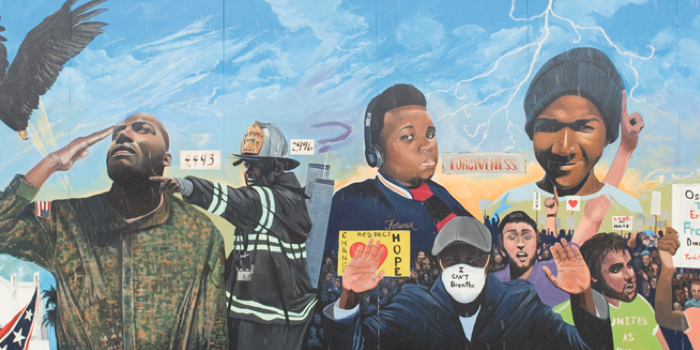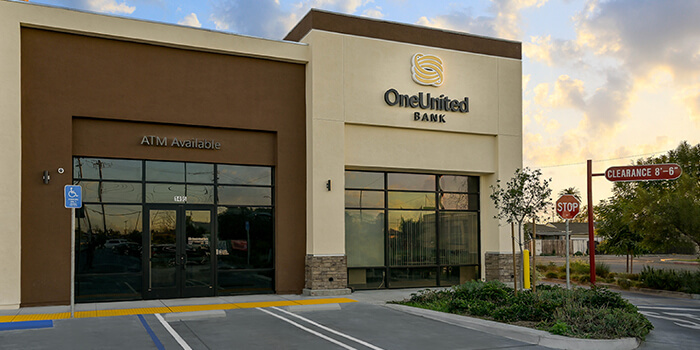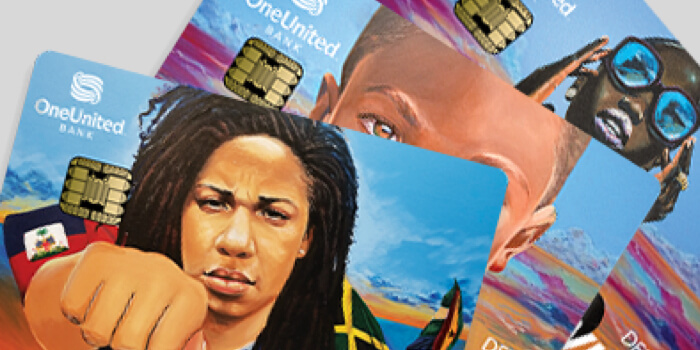Summary
Young kids might not know about money, but they want to! Data shows that financial literacy is in demand amongst teens but under-prioritized in traditional education systems. Let’s fix that and get #FinanciallyLIT!
By observing how our kids use money, we can see the importance of financial literacy at work. Do they spend their allowance on the newest fit, save it for a special purchase, or put that money to work with a lemonade stand business?
Financial literacy is more than just about money—it’s about growing wealth and a means to achieve financial security.
Yet, the school system doesn’t provide students with the financial foundation they need. Without standardizing financial education, kids grow up unprepared to manage budgets, savings, and credit.
Research from Junior Achievement and Big Village shows that 68% of teens would “likely” take a class on financial literacy if offered to them, yet only 31% say they have access to these kinds of courses in school.
We can change that! By making financial literacy a core value at home and in schools, we can set the next generation up with the tools they need to build wealth and financial independence.
FinanciallyLIT At Home
Since much of education starts at home, parents play a critical role in shaping how children think about money.
Here’s how you can start the conversation early:
Savings Jars & Goal Setting. Help kids grasp the concept of saving by using labeled jars for different purposes like “Spending,” “Saving,” and “Giving.” This process builds intentionality and patience. Yes—use physical money to help drill in the concept!
Money Role Play. Turn everyday shopping trips into mini money lessons. Let them “buy” groceries at home using fake money or set up a pretend restaurant to teach them about expenses and profits.
Allowance with a Purpose. Provide your child with an allowance as a hands-on learning tool. Instead of simply giving money, tie it to discussions about spending choices, saving for future goals, and the value of earning.
Storytelling & Legacy. Share real-life family financial lessons. Tell stories about how grandma saved for a rainy day or how you paid off student loans. Personal finance becomes more relatable when it’s woven into stories that hit home.

FinanciallyLIT In School
Let’s be real… If schools teach algebra, which most of us barely use, then schools should teach kids how to budget, invest, and manage debt.
Here’s how we can better integrate financial literacy into education:
Mandatory Financial Literacy Classes. Schools should include money management basics like budgeting, credit, and investing as early as elementary school. Early exposure to these concepts ensures students are ready for deeper financial complexity once they enter adulthood.
Hands-on Learning. Schools can introduce budgeting apps, mock stock portfolios, and real-world financial simulations to make learning engaging. Interactive activities help students see the benefits of financial literacy and teach them to make informed financial decisions.
Collaboration with Banks & Community Programs. Partnerships with banks can offer students real-world exposure to savings accounts, interest rates, and loan management. This real-life experience helps bridge the gap between theory and practice, taking hands-on learning to the next level.
Our Learning Legacy: I Got Bank!
At OneUnited Bank, we’re taking financial literacy for young people into our own hands. Through our I Got Bank program, we provide kids with the incentive and knowledge they need to take charge of their financial futures.
Our annual national financial literacy contest gives ten children the opportunity to win a $1,000 savings account, kickstarting their financial literacy journey.
We also offer a free “I Got Bank” E-Book, written by our President and COO, Teri Williams, helping kids learn fundamental money concepts through the engaging story of Jazz Ellington, a young boy whose grandfather teaches him the importance of saving and growing wealth.
How do you enter?:
- Kids aged 8-12 must read a financial literacy book of their choice.
- Then submit either a 250-word essay or an art project showcasing how they would apply what they learned.
- Winners receive $1,000 savings accounts to jumpstart their financial journey!
This is how we invest in the future of our youth—by making financial literacy accessible, engaging, and rewarding for the next generation.
——
Financial literacy is as essential as any other form of education. Whether at home or in school, money lessons should be an accessible part of every child’s upbringing. By empowering kids with financial knowledge early, we help them make smarter decisions, avoid financial pitfalls, and build wealthy habits.
Start the conversation with your kids and get #FinanciallyLIT today!


















